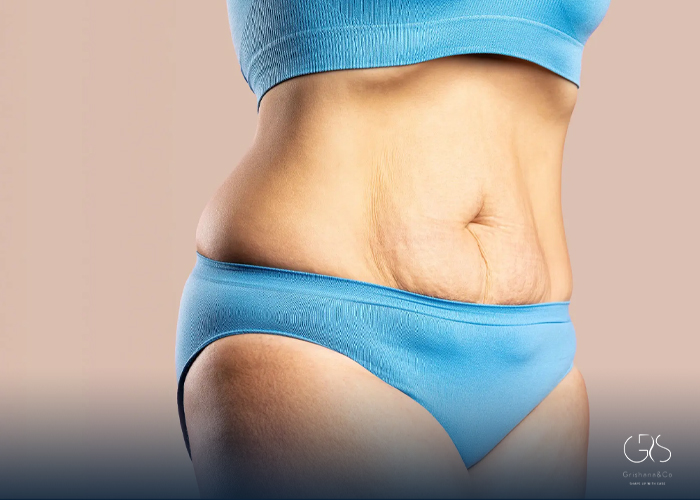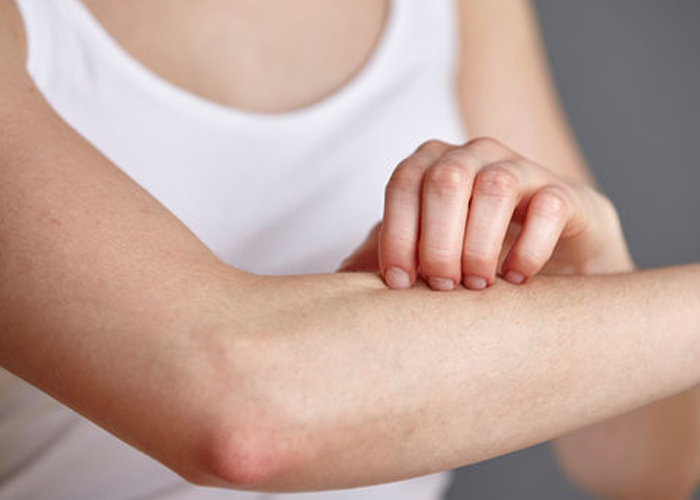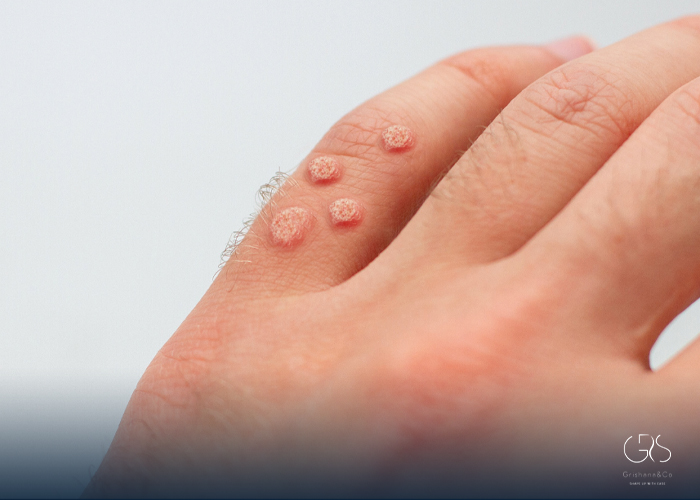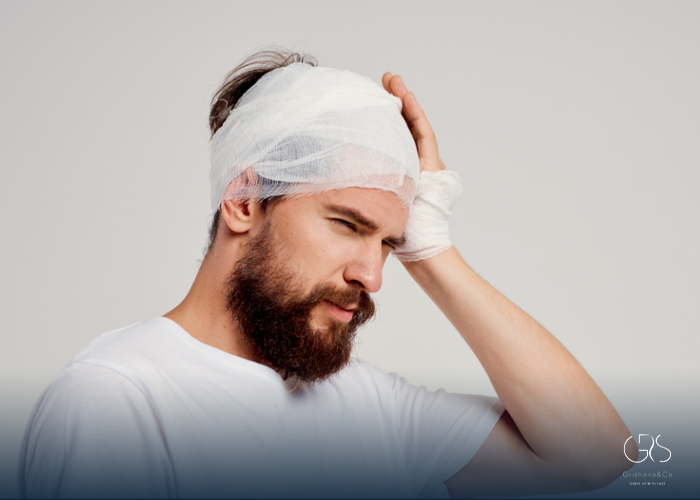Earwax, medically termed cerumen, is a naturally occurring substance produced by the body to protect and lubricate the ear canal. However, an excessive build-up of earwax can lead to discomfort, hearing difficulties, and even infections. Individuals often seek home remedies for earwax removal, with hydrogen peroxide being a commonly recommended solution. This article aims to provide an in-depth analysis of the use of hydrogen peroxide for cleaning earwax, including examining the scientific evidence, statistics, and diverse perspectives.
The Role of Hydrogen Peroxide in Earwax Removal:
Hydrogen peroxide has long been used as an antiseptic and cleaning agent due to its ability to dissolve organic matter. Proponents argue that its effervescence helps loosen and dislodge earwax, making it easier to remove. However, it is important to consider the potential risks and conflicting perspectives surrounding this practice.
Examining the Scientific Evidence:
While there is anecdotal evidence supporting the use of hydrogen peroxide for earwax removal, scientific studies on this specific topic are limited. A study conducted by Sheffield Teaching Hospitals NHS Foundation Trust revealed that ear irrigation with water alone was as effective as using water with hydrogen peroxide for clearing earwax (Source 1). This suggests that hydrogen peroxide may not hold a significant advantage over basic irrigation techniques.
Potential Risks and Side Effects:
Using hydrogen peroxide for earwax removal is generally considered safe, but precautions must be taken to avoid potential risks. The excessive or incorrect use of hydrogen peroxide may cause irritation, dryness, skin reactions, and can damage the delicate structures of the ear, leading to temporary or even permanent hearing loss. It is essential to consult a healthcare professional before attempting any earwax removal procedure.
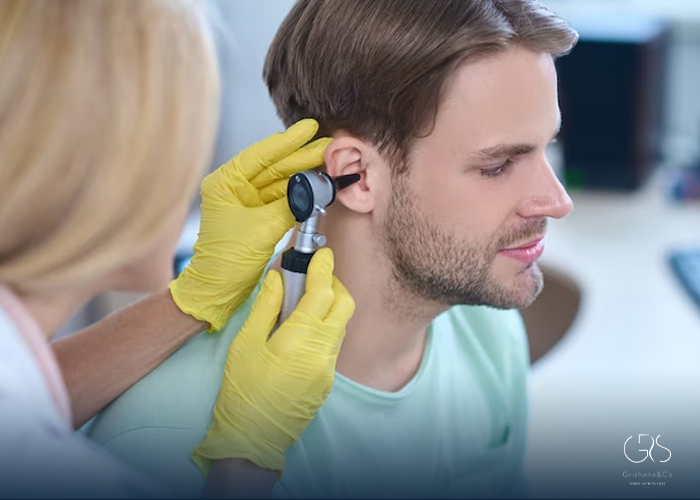
Diverse Perspectives on Hydrogen Peroxide for Earwax Cleaning:
It is important to consider diverse perspectives when discussing the use of hydrogen peroxide for earwax removal. Many healthcare professionals caution against using hydrogen peroxide due to the potential risks mentioned earlier. They advocate for safer and more established methods, such as ear irrigation by a healthcare professional.
On the other hand, proponents of hydrogen peroxide argue that when used correctly, it is an effective and affordable option for earwax removal. They believe that with proper instructions and adherence to recommended concentrations, hydrogen peroxide can be a valuable tool in managing earwax build-up.
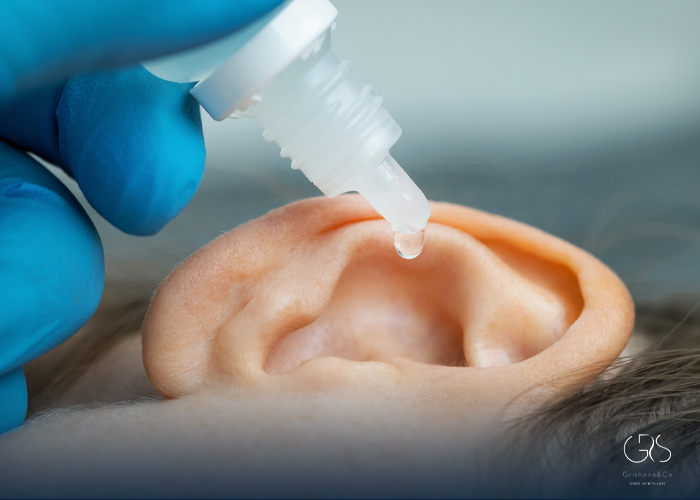
Alternative Methods:
Apart from hydrogen peroxide, there are alternative methods for earwax removal that have proven to be effective and safe. These include using mineral oil, baby oil, or over-the-counter ear drops to soften earwax before flushing it out with water or using specialized ear irrigation kits.
Conclusion:
The use of hydrogen peroxide for earwax removal is a topic that sparks debate among healthcare professionals and individuals seeking home remedies. While anecdotal evidence supports its efficacy, scientific research is limited, and potential risks must be acknowledged. It is vital to consult a healthcare professional before attempting any DIY earwax removal method and to consider alternative and potentially safer approaches.
Sources
- Mayo Clinic, Earwax Blockage
- Harvard Health Publishing, Got an ear full? Here's some advice for ear wax removal
- National Health Service (NHS), Earwax build-up



